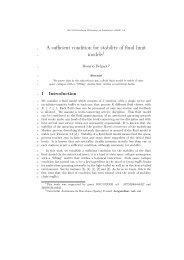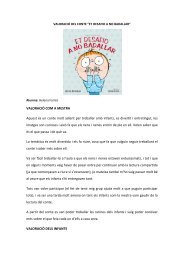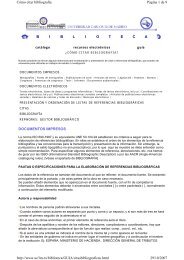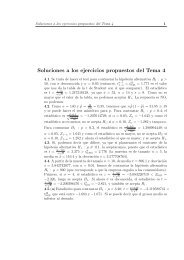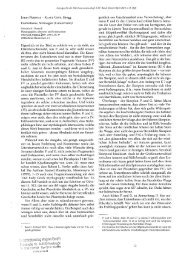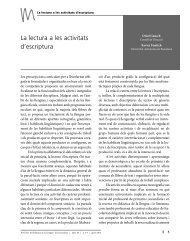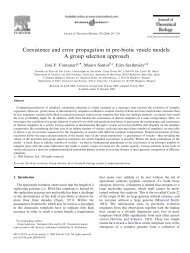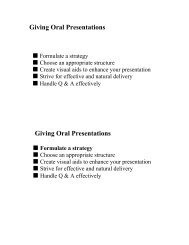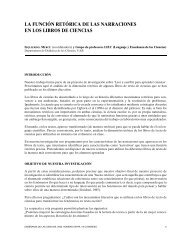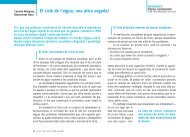please do not cite without permission from the authors
please do not cite without permission from the authors
please do not cite without permission from the authors
Create successful ePaper yourself
Turn your PDF publications into a flip-book with our unique Google optimized e-Paper software.
This kind of pattern has come to be known as <strong>the</strong> ‘WTO+’ norms, given thatits elements include more than <strong>the</strong> current WTO agreements on such issues.At <strong>the</strong> same time, very little attention is given to compensatory mechanismswhich might help to redistribute <strong>the</strong> costs and benefits of integration on anequitable basis between countries at very different levels of development.Even when equitable measures <strong>do</strong> exist <strong>the</strong>ir level and extent are very limitedand insufficient to compensate for <strong>the</strong> adjustment costs (Goodison, 2009;Bidaurratzaga y Marín, 2006).3. Changing approaches: <strong>from</strong> Lomé to CotonúThe Lomé model, born in 1975 in <strong>the</strong> form of Lomé I (<strong>the</strong> successor to <strong>the</strong>Yaundé I and II conventions) was <strong>the</strong> main pattern within which relationsbetween Western Europe and its former ACP colonies were managed up to<strong>the</strong> expiry of Lomé IV in 2000. The convention brought toge<strong>the</strong>r 48 Sub-Saharan African countries 2 of which three quarters were Least DevelopedCountries (LDCs).The Lomé Conventions shaped <strong>the</strong> general development aid policy of <strong>the</strong>EEC, which apart <strong>from</strong> <strong>the</strong> specific fields of technical assistance and financialaid (implemented through <strong>the</strong> European Development Funds: EDF I–VIII), hadas one of <strong>the</strong> central elements of this policy <strong>the</strong> preferential non-reciprocalaccess to <strong>the</strong> European market for products <strong>from</strong> <strong>the</strong> ACP countries. 3 On <strong>the</strong>one hand, this was interpreted as being an element of positive discriminationin favour of <strong>the</strong> SSA countries, and as such formed part of post-colonial movestowards a New International Economic Order which could potentiallycontribute to socio-economic development. On <strong>the</strong> o<strong>the</strong>r hand, <strong>the</strong> system2 The only countries remaining outside <strong>the</strong>se agreements are <strong>the</strong> five North African countries,which at present have <strong>the</strong>ir own specific framework of relations with <strong>the</strong> EU and <strong>the</strong> non-African countries of <strong>the</strong> Mediterranean region.3 Apart <strong>from</strong> <strong>the</strong> special rules for certain goods such as bananas, beef, rum and sugar, <strong>the</strong>agreements basically included manufactured and agricultural products which did <strong>not</strong> competewith products included in <strong>the</strong> European Common Agricultural Policy (CAP), in o<strong>the</strong>r wordsgenerally tropical products. As well as <strong>the</strong> areas such as humanitarian aid or structuraladjustment financing, found in most development aid programmes in previous decades, <strong>the</strong>Lomé Conventions included in <strong>the</strong> trade field some more unusual elements, such as Stabexand Sysmin, which were designed to stabilise export incomes <strong>from</strong> agricultural and miningproducts respectively.4




